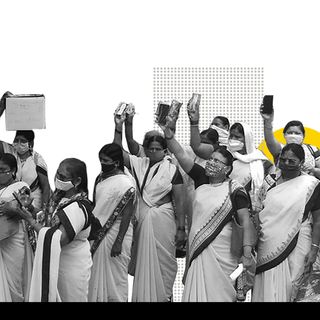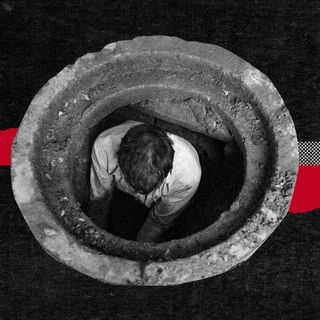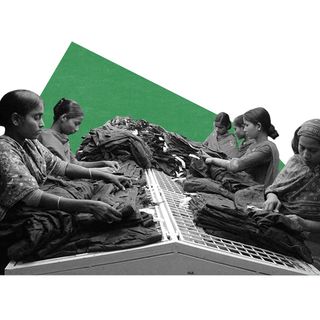A matrilineal society doesn’t necessarily translate into gender equality, or even better lives for women, a new report has proved.
An individual’s lineage refers to their line of ancestors, and in a matrilineal society, this lineage comprises the mother’s line — as opposed to the father’s in a patrilineal construct. Essentially, it translates into women inheriting property, children taking on their mothers’ surnames, and men moving into their wives’ homes after marriage.
There is this notion that in Meghalaya, where the Khasi, Garo, and Jaintia tribes dwell, women wouldn’t be as disadvantaged since they practice a matrilineal structure. However, Niti Aayog’s North Eastern Region District Sustainable Development Goal (SDG) Index suggests otherwise.
The practice of matrilineality doesn’t necessarily mean the society is completely free of patriarchy. “I always say that Meghalaya is a matrilineal society with patriarchal nuance,” Amena Nora Passah, a Khasi Historian teaching at the North-Eastern Hill University in Shillong, told BBC News in March.
The present report relied on five indicators to measure gender equality in the region — sex ratio at birth, unmet need for family planning for married women, exclusive women Self Help Groups for women, crimes against women, and also the ratio of sexual crimes against women to the total number of crimes against women.
“That a matrilineal society has empowered women is an assumption that is made nationally and globally. A holistic and inclusive understanding of gender and patriarchy has not been undertaken when it comes to Meghalaya… Any decision that has to be made will be made by the maternal uncle and clan. This is a very patriarchal norm, but it has been misunderstood and misread,” Joy Grace Syiem, who leads the Meghalaya chapter of the Northeast Network, a women’s rights organization, told The Print.
Related on The Swaddle:
Dr. G. Arunima on Understanding the Complexities of Matriliny in Kerala
Passah explained that often, men provided for their birth families, rather than contributing financially towards their wives and children. “[The father] would come to his wife’s home late at night. In the morning, he’s back at his mother’s home to work in the fields,” she said, adding that as a result of colonization, several nuclear, urban Christian families have also emerged, where the father is deemed as the head of the household.
Moreover, “it may seem that women have the freedom of mobility, but that doesn’t guarantee freedom from violence,” Syiem says.
As a result, all of Meghalaya’s districts are at the bottom of the table prepared by Niti Aayog. And Syiem believes it’s “not even close to the reality of the situation.” According to her, to truly understand gender equality in the state, “should include gender in governance and gender budgeting.”
Given that, reportedly, the highest ever representation of women in the state’s legislative assembly with 60 seats has been just four, Syiem’s argument about weighing in women’s participation in governance holds.
However, at the first glance, people often believe the matrilineal structure makes the Khasi, Garo, and Jaintia tribes more gender-equal. Just like everyone else, the writer of the afore-mentioned BBC report, too, had the same impression upon noticing streets in the state lined by women merchants, as opposed to men. But the reality, as described by Passah and Syiem, doesn’t appear to correspond with that impression.
Ultimately, the dissonance boils down to the state being matrilineal — and not a matriarchal — society, experts note.
“They are traditionally forbidden from expressing their sexuality or leading liberated lives. Women practice trade, they occupy a lot of the public places and are seen in the unorganized labor sector, but a woman is only important because she may be your agency for an inheritance,” Rakhee Kalita Moral, head of the Centre for Women Studies at Assam’s Cotton University, explained.




